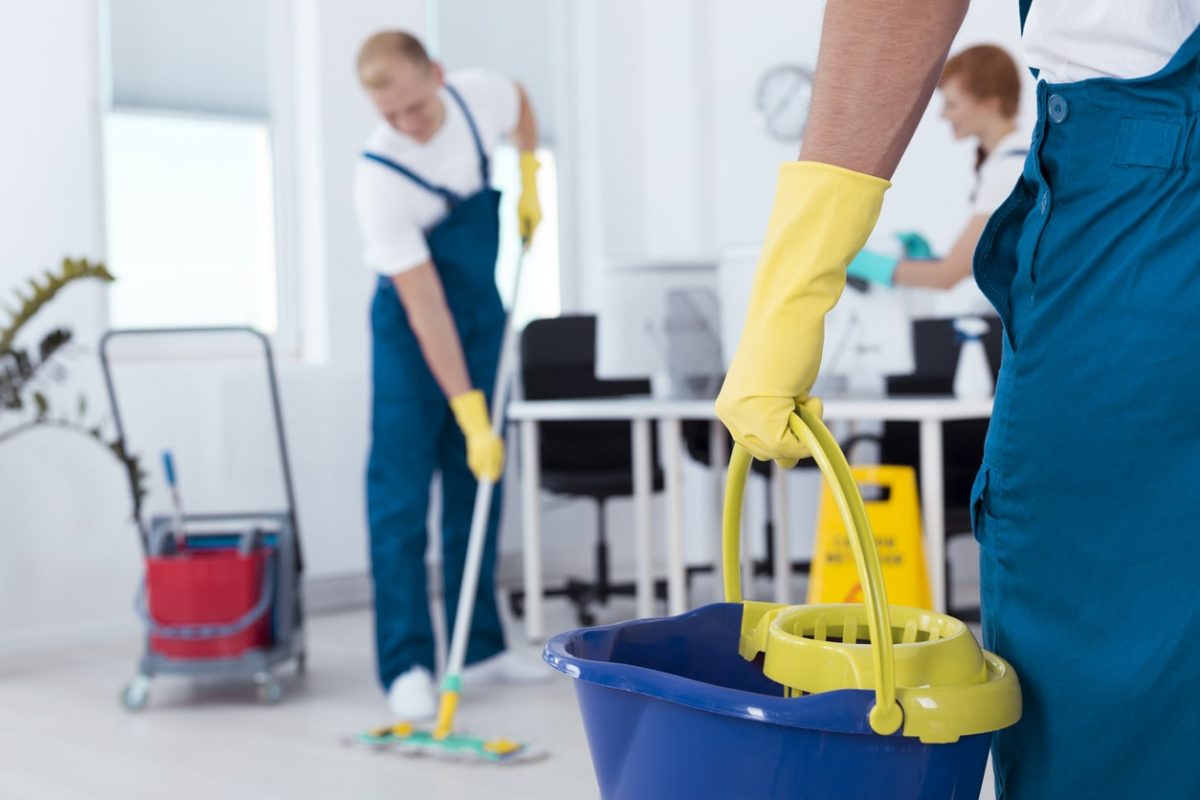
It can be said that the commercial cleaning industry, comprising of everything from janitors to hospitality cleaners, is the unsung hero of daily business operations. While they may not be closing deals or creating marketing strategies, they keep a business running smoothly by keeping a tidy, safe, and sanitary environment for all who work around them. Without cleaning service professionals and businesses, our working environments would literally be a mess.
But just like all industries, a number of unique hazards present themselves every day in the cleaning sector. Cleaning employees may be exposed to hazardous chemicals or work with equipment that is detrimental to their physical health over time.
OSHA provides certain standards to help cut down on hazards, commercial cleaning service insurance, and injuries and illnesses to cleaning professionals. These safety standards can help companies move forward without having to risk the integrity of their employees’ well-being or their daily operations and workflow.
Commercial Cleaning Compliance
Ignoring or neglecting, or just plain forgetting about ensuring compliance with OSHA’s safety standards can turn out to be a major mistake. This can lead to possible harm to employees, whether short-term or long-term and potentially damage the reputation of your cleaning business.
When it comes to janitorial services, many cleaning businesses lose their focus on keeping safety a top priority. Untrained staff or individual contractors can lead to possible issues when it comes to safety standards, exposing employees and your business to major violations handed down from OSHA.
So, what’s involved OSHA compliance? First, business owners in the commercial cleaning industry must ensure that their staff is well-trained in OSHA guidelines and standards. This will put a major focus on safety compliance. Plus, regular safety training must be performed when it comes to the use of everyday items like ladders and carts and stopping hazards before they start, such as not wet cleaning near electrical sources.
Staff Education
Companies need to also make sure they are teaching their staff the proper ergonomics of their tasks. This includes knowing how to properly vacuum stairwells, mop, and sweep, and reach for space or items to clean.
Regular training on how to use cleaning chemicals is another crucial component to abiding by standards. Businesses must make sure that their safety data sheets for each chemical utilized in cleaning a business are updated and accurate. Additionally, the personnel using any chemicals should be able to access these datasheets from a centralized location.
OSHA Guidelines
To harp on chemical use more, training on Bloodborne Pathogen Standards should be, well, standard. OSHA sets out specific standards and guidelines here, making it a comprehensive part of safety protocol. Having a detailed exposure control plan is important for daily operations in Bloodborne Pathogen cleaning, particularly in the medical field.
Complying with these guidelines can be laborious, but will help companies stay away from costly commercial cleaning service insurance claims that can end in major lawsuits and large settlements. Make sure to study the standards that all cleaning companies have to operate around and be sure to gain an operational understanding of how commercial cleaning service insurance can help to keep costly claims at bay.
About The Hilb Group
Deciding what coverage you need and what limits and deductibles make the most sense can be tricky. Founded in 2009, the Hilb Group has been helping clients to make sense of their options and make the smartest choices for their circumstances. Whether you need Warehouse Insurance or any other type of business or personal coverage, we encourage you to contact our friendly, experienced, and capable team today. Call us at (800) 776-3078 for a consultation.
